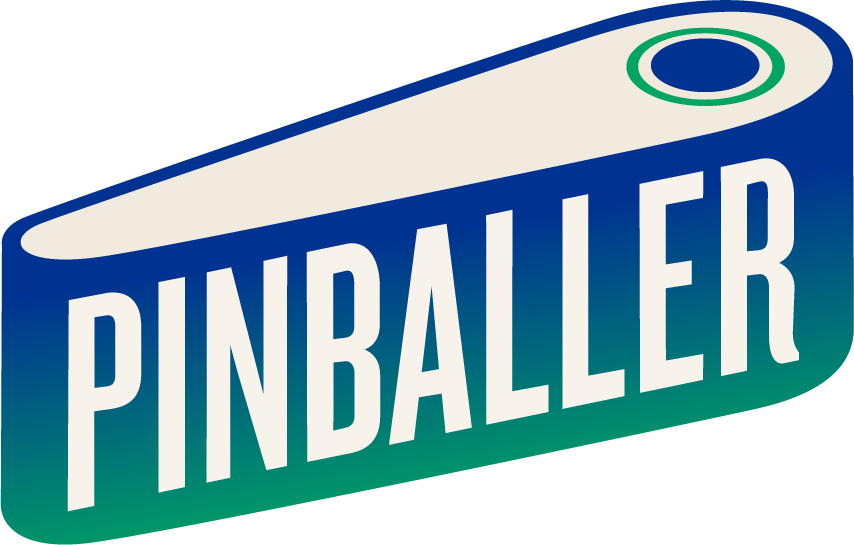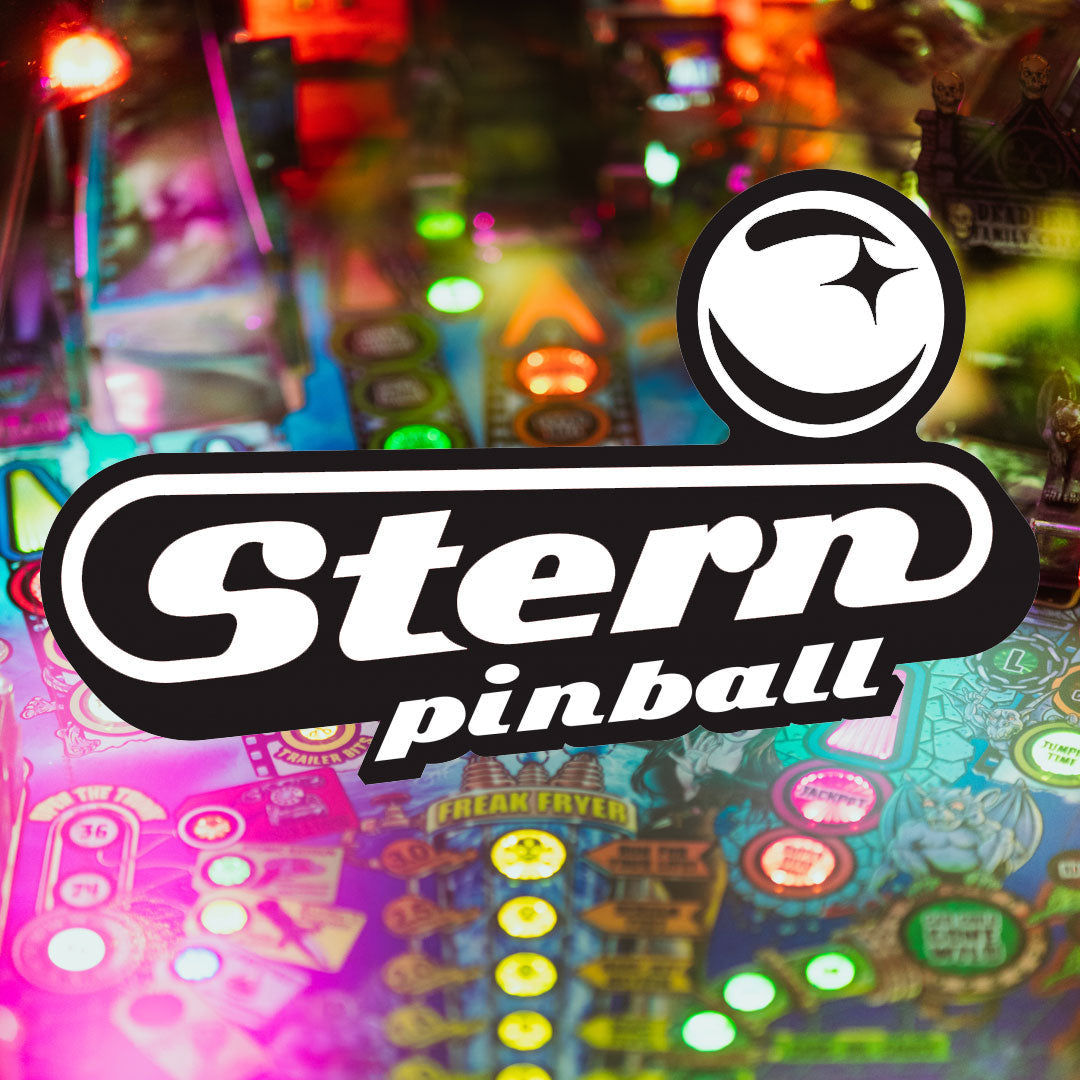Pinball machines have come a long way since their humble mechanical beginnings. Today’s machines are loaded with LED lighting, powerful sound systems, computer-controlled components, and fast-moving solenoids. Whether you're planning to set up a home arcade or managing a commercial pinball venue, understanding how much power is required for pinball machines. One of the most common questions we hear is: How many amps does a pinball machine draw? Let's dive into the details.
Average Power Consumption
Most modern pinball machines, especially those made by companies like Stern, Jersey Jack, or Spooky Pinball, are designed to run on standard 120V household outlets (in North America) or 220-240V in other regions. But just because you can plug them into a standard outlet doesn’t mean all machines draw the same amount of current.So, how many amps does a pinball machine draw? On average, a modern pinball machine draws between 2.5 to 5 amps during regular operation. This can vary slightly depending on the machine’s design, the number of active components, and whether it’s idling or in active play.
- Idle Mode: Around 1.5 to 2.5 amps
- Gameplay Mode: Spikes up to 4 to 5 amps as lights, coils, motors, and sound systems activate
For example:
- A Stern Pro model may peak around 3 to 4 amps
- A Jersey Jack machine, which tends to be more feature-rich (more RGB lighting, larger displays, etc.), may reach 5 amps or more under load
Why It Matters
Knowing the amp draw is essential when:
- Setting up multiple machines on the same circuit
- Choosing the right power strip or surge protector
- Installing machines in older buildings with limited electrical capacity
A standard 15-amp household circuit can typically support 2–3 pinball machines comfortably. If you plan to run more than that, consider splitting the load across multiple circuits or upgrading to a 20-amp circuit.
Amp Requirements for Older vs. Newer Machines
Electromechanical (EM) Machines
Older pinball machines from the 1950s to the late 1970s operate differently than modern solid-state machines. They rely heavily on relays, solenoids, and motors to control scoring and game functions, rather than digital microprocessors. Because of their mechanical nature, these machines can have more erratic power draws, especially when multiple solenoids activate simultaneously.Typical EM pinball machines draw around 2 to 3 amps on average but may experience short bursts of higher current when multiple relays engage.
Solid-State and Modern Machines
Modern pinball machines (1980s to today) rely on solid-state electronics, microcontrollers, and power-efficient LED lighting rather than incandescent bulbs. These advancements generally lead to more consistent power consumption, though newer machines often include high-powered coils and interactive features that can push the amp draw higher.Jersey Jack Pinball machines, for example, are known for their extensive lighting effects and large LCD screens, making them among the more power-hungry pinball machines available today.
Managing Multiple Pinball Machines on One Circuit
If you’re running multiple pinball machines, whether in a home arcade or a commercial setting, careful electrical planning is necessary. Here are some key tips:
Calculate Total Load
To avoid overloading a circuit, add up the expected amp draw of all the machines running at once. For example, if each pinball machine draws 4 amps under load, a 15-amp circuit can only handle about three machines before tripping the breaker.
Upgrade to a Dedicated Circuit
If you plan to operate several machines in one location, consider installing a dedicated 20-amp or even a 30-amp circuit. This ensures your games run without interruptions and prevents circuit breakers from tripping during gameplay.
Use Smart Power Management
- Use a Kill-A-Watt Meter – A small, inexpensive device that lets you measure real-time usage.
- Keep Machines Well Maintained – Dirty or worn components can increase resistance and make machines draw more amps than necessary.
- Avoid Overloading Circuits – Stagger startup times if powering multiple machines to prevent tripping breakers.
Energy Efficiency and Cost Considerations
While pinball machines aren’t the most energy-hungry devices, they do contribute to energy costs, especially if left on for long hours.
Estimating Electricity Costs
A pinball machine running at 4 amps on a 120V outlet consumes around 480 watts per hour (4A × 120V). If you run a machine for 5 hours a day, that’s about 2.4 kWh per day. If your electricity rate is $0.15 per kWh, running a pinball machine for 5 hours a day would cost about $0.36 per day, or roughly $11 per month. Multiply this by multiple machines, and the costs can add up quickly.
Energy-Saving Tips
- Use LED Bulbs – Many modern pinball machines already use LEDs, but if you have an older model, upgrading to LEDs can reduce electricity draw significantly.
- Enable Sleep Mode – Some modern machines have a energy-saving mode that reduces the intensity of lights and displays when idle.
- Turn Off Machines When Not in Use – If you’re running a home arcade, there’s no need to keep machines on all the time. Turning them off when not in use can save energy and extend the lifespan of components.
Final Thoughts
Pinball machines may not be as power-hungry as some larger arcade cabinets or gaming PCs, but they do require a steady and reliable power source—especially when you're running a lineup of them. By understanding how much power is required by pinball machines, managing your circuits properly, and making energy-efficient choices, you can keep your pinball games running smoothly without unexpected power issues.If you're planning a home arcade setup or need advice on wiring a commercial pinball venue, always consider consulting an electrician for safe and optimal power distribution. Have questions about wiring your home arcade or want a breakdown of power needs for specific machines? Drop a comment below or get in touch!






Leave a comment
This site is protected by hCaptcha and the hCaptcha Privacy Policy and Terms of Service apply.